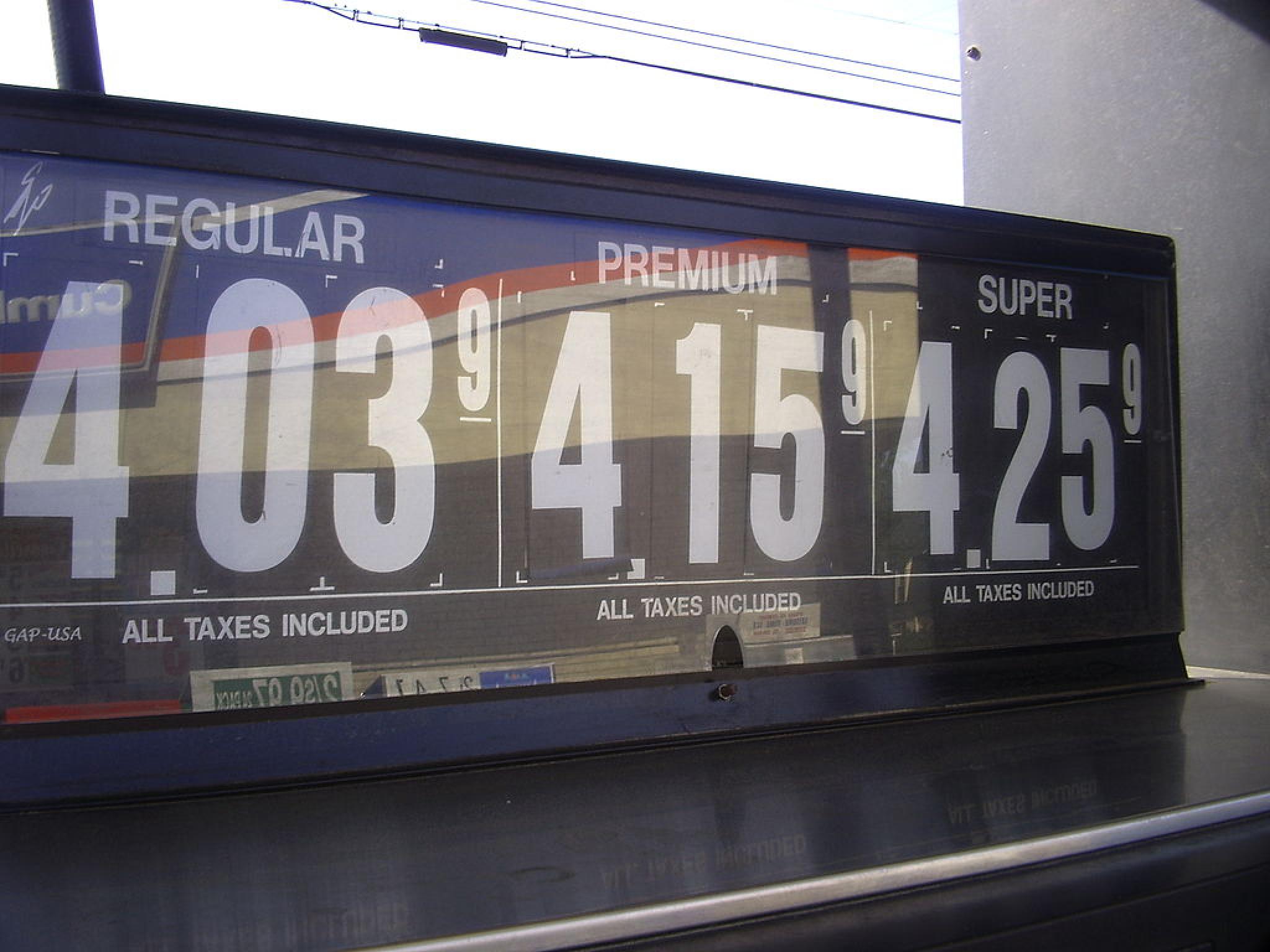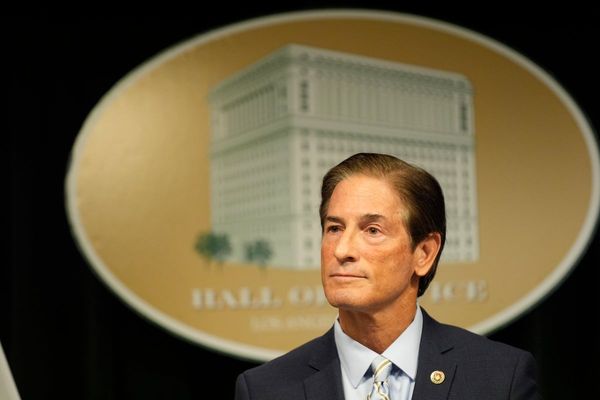
Central banks have recently focused on so-called core inflation metrics, which do not include volatile food and energy prices. Past food and energy price shocks have been relatively short-lived, but Bank of America economist Aditya Bhave recently said there's evidence the recent spike in food and energy prices may not be going away anytime soon.
No End In Sight: The surge in food and energy prices in March has been triggered by the Russian invasion of Ukraine, but prices were already rising due to supply chain disruptions prior to the recent military action and subsequent sanctions. Oil prices have been rising steadily for the past year as global demand recovers from the COVID-19 pandemic and OPEC maintains supply cuts.
"The key concern here is that there is no clear end in sight for the conflict. So energy and food prices are likely to remain elevated and could even move higher if things get worse," Bhave said.
The longer the price shock in food and energy lasts, the more difficult it will be for central banks to ignore it and focus on core inflation.
"It could last for at least a year, in our view," Bhave said.
Related Link: Russia Sanctions Demonstrate Power Of The US Dollar, But How Long Will It Last?
Things Could Get Worse: Russia is the world's second-largest crude oil exporter and the world's largest natural gas exporter. At this point, Bhave says the two biggest risks to the energy crisis worsening would be if international sanctions on Russia expand to its energy exports or if Russia deliberately curtails energy supply in retaliation to the sanctions.
Bhave noted that both Russia and Ukraine are major food exporters as well, including the export of wheat, corn and sunflower seeds.
Fed Under Pressure: Fortunately for Americans, Bhave said the U.S. economy is less exposed to Russia than Europe. However, he said the Fed may be forced to pay more attention to food and energy prices if they continue to rise.
Bank of America is projecting the Fed will raise interest rates by 0.25% in each of its seven remaining meetings in 2022.
Benzinga's Take: Investors who saw the writing on the wall for inflation and food prices in 2022 have generated huge returns year-to-date. While the SPDR S&P 500 ETF Trust (NYSE:SPY) has fallen 11% so far in 2022, the United States Natural Gas Fund, LP (NYSE:UNG) is up 36.2%, the Energy Select Sector SPDR Fund (NYSE:XLE) is up 36.6%, the United States Oil ETF (NYSE:USO) is up 51.2% and the Teucrium Wheat Fund (NYSE:WEAT) is up 60.6%.
Photo: Gas prices in 2008, Micov via Wikimedia Commons







